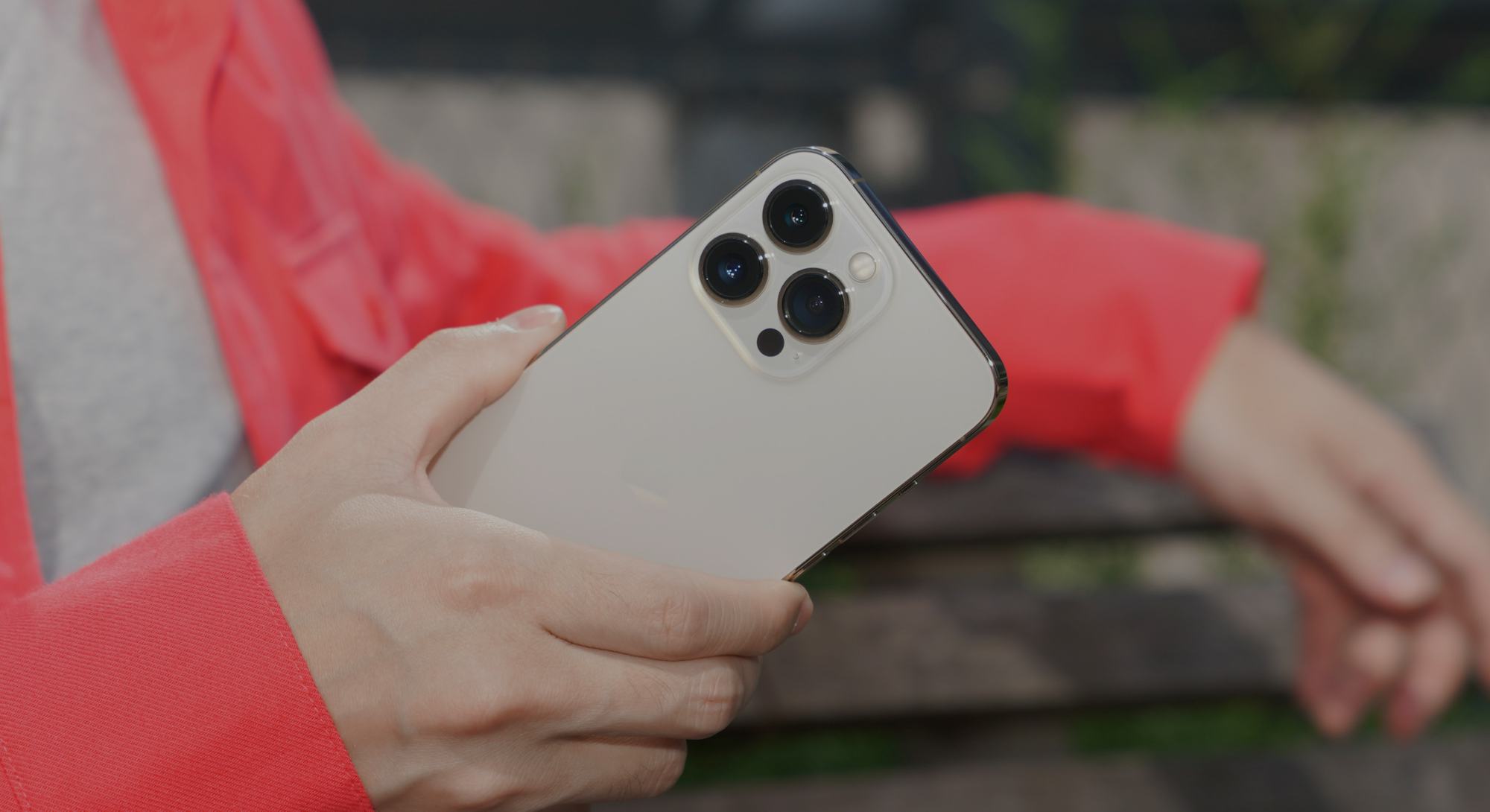Going Pro
Apple might finally put the “pro” in iPhone 14 Pro
Saving the best features for higher-end iPhones means Apple might finally put some bite behind its iPhone Pro promise.

Hold those “Alpine Green” iPhone 13 Pro orders, Apple might be dramatically changing up what makes an iPhone “Pro” with this year’s iPhone 14, according to TF International Securities analysts Ming-chi Kuo, with further corroboration from 9to5Mac.
Kuo shared that not only does he expect Apple to drop the iPhone mini in favor of a “Max” version of the iPhone 14, but that the new family of iPhones will draw a hard line in the sand between the Pros and other models by carrying over the A15 Bionic chip for the iPhone 14 and 14 Max, while the 14 Pro and 14 Pro Max get the company’s newest “A16” chip.
Max-ing the display
Eliminating the iPhone mini from this year’s iPhone lineup wouldn’t be too surprising. Since the smaller model was introduced with the iPhone 12, the writing’s been on the wall — people just don’t show up in the same way for small iPhones as they do for big ones. Apple carried over the design for last year’s iPhone 13 mini, but only a few months after that phone was announced reports were already circling that the company wouldn’t make the same mistake with the iPhone 14. The small phone dream will disappear if the rumors end up being true.
If the iPhone 14 lineup does turn out how Kuo predicts, with 6.1-inch screens on the iPhone 14 and 14 Pro and 6.7-inch screens on the iPhone 14 Max and iPhone 14 Pro Max, Apple will still be giving the people what they want. It’s ridiculous in retrospect that the company locked its larger screen sizes behind its most expensive Pro models. Offering a “Max” screen size in what’s hopefully a more affordable package means more people can get the benefits of a larger screen without shelling out for triple cameras and high refresh rate displays.
Input deputy editor Ray Wong said in his review of the iPhone SE 3 that Apple should have bumped up the screen size on its most affordable iPhone because there’s really no reason to pay more if the screen size is the only thing you care about. It doesn’t mean I won’t mourn the iPhone mini once it's gone, but I’m glad people will hopefully get the giant (hopefully less expensive) iPhone they’ve always wanted.
Two chips, two iPhones
Reusing the A15 Bionic for the iPhone 14 and saving the A16 for the Pro models feels a bit more unusual, but there’s a rationale there, too. Apple put the A15 Bionic in last year’s redesigned iPad mini 6, which speaking from personal experience, works great. I’ve never felt the tablet was underpowered because it was using the iPhone 13’s chipset. Apple pulled the same move with the iPhone SE 3, and that similarly returned great performance and will likely lead to years of software support for the phone.
The simple fact of the matter is that with phones and tablets, Apple’s silicon has easily lapped what anyone is currently trying to do with apps on iOS and iPadOS. I don’t think that will change until Apple either loosens up, or those OSes become “Pro” in a way befitting their hardware. As 9to5Mac suggests, sticking with the A15 Bionic wouldn’t be terrible. It might be a natural response to the chip shortage and the amount of A15 Bionic chips Apple seems to have on hand and be readily able to manufacture — which is a lot, apparently. Let an iPhone Pro be defined by what’s inside rather than everything else, then.
What does “Pro” mean?
So what would an iPhone 14 Pro actually look like? What else could Apple consider "Pro" enough to save for its more expensive phones? Kuo calls out RAM as another place he expects to see a bump — from 6GB of LPDDR4X RAM on the iPhone 14 / 14 Max to 6GB of faster LPDDR5 RAM on the iPhone 14 Pro / 14 Pro Max — but there are other possible differentiators to consider.
A “Pro” iPhone 14 might sport a different display, not just with 120Hz ProMotion like the iPhone 13 Pro, but a pill-shaped selfie camera rather than the Face ID notch iPhone users have come to know and love. The extra space a camera cutout would earn probably wouldn’t be used for much, but it would visually say “Hey, I have an iPhone Pro,” from a distance.
It’s also possible Apple saves its biggest camera improvement, a rumored 1/1.3-inch 48-megapixel CMOS image sensor, for the new 14 Pros. With 8K video support (which is arguably totally unnecessary) it could mean the iPhone 14 Pro stands head and shoulders over Apple’s other phones and plenty of other Android devices on the market, too. It'd also complement the ProRes video capture Apple introduced on the iPhone 13 Pros.
Apple has blurred the line on what Pro actually means. It’s hard to pinpoint who the company’s Pro devices are precisely aimed at when it comes to Macs (though the distinction is improving), and iPhones are arguably even more confusing. Saying definitively, “iPhone Pros will be faster, more capable devices” means Apple will officially separate its high-end handsets from the iPhones most people should actually buy. Here’s hoping the price for the base level iPhone 14 is adjusted to match.